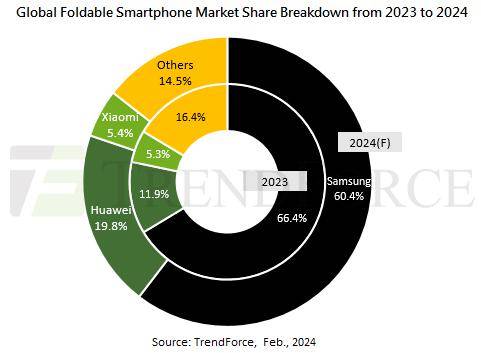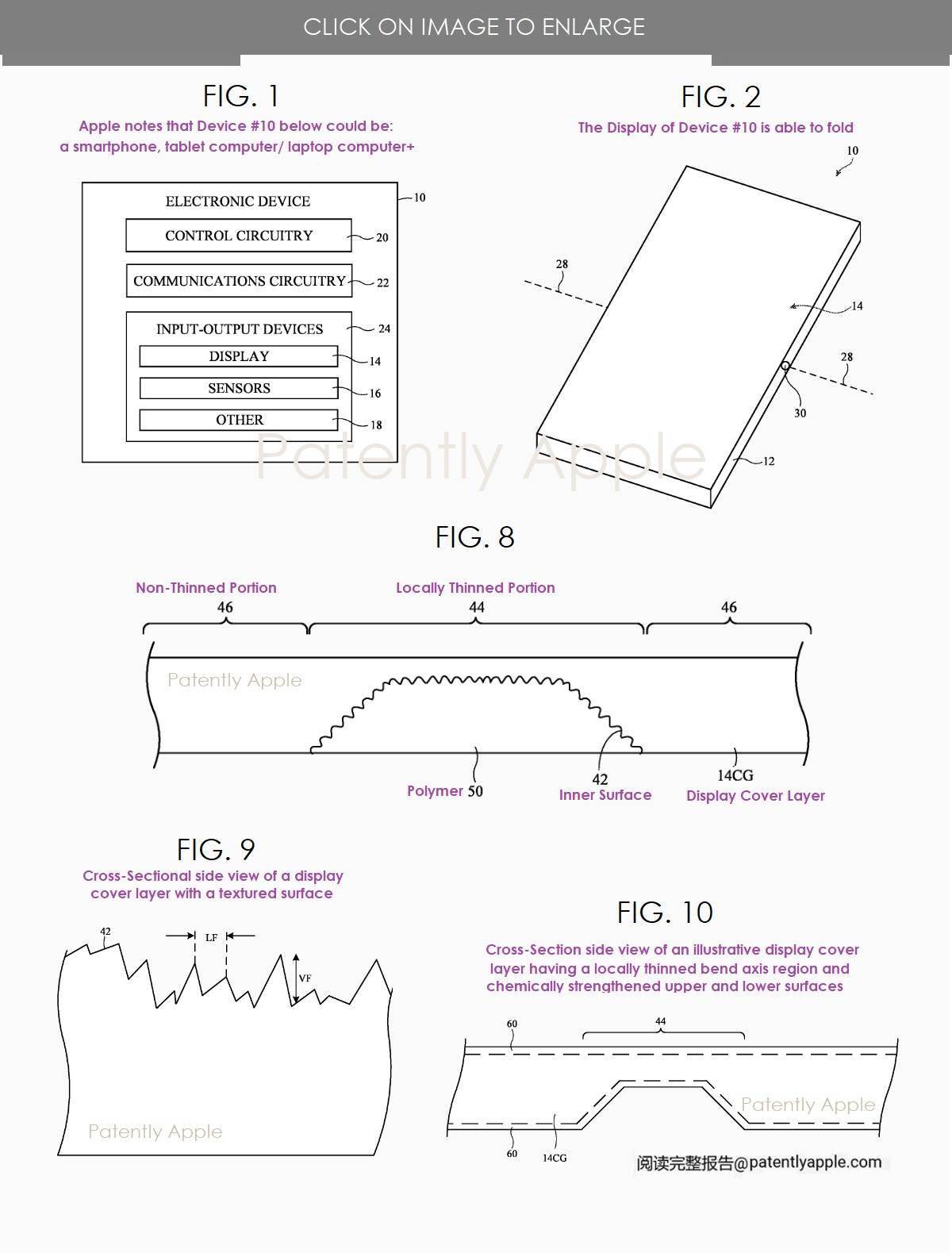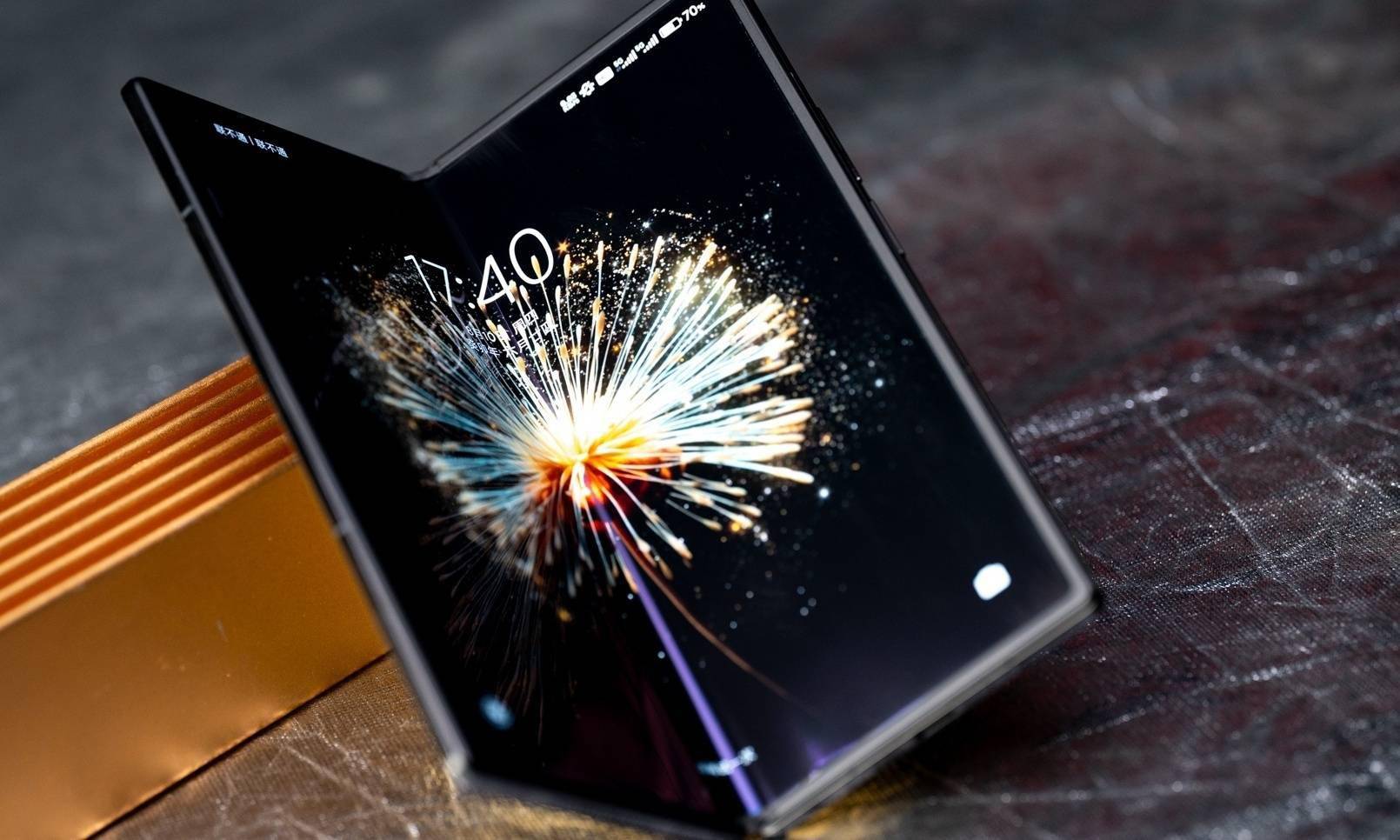The Buzz About Apple’s Foldable iPhone Intensifies
Lately, there’s quite a bit of chatter about a foldable iPhone.
It’s widely speculated that Apple is developing a foldable iPhone. On one hand, all the major smartphone manufacturers have entered this race, and sales of foldable phones are increasing year over year. On the other hand, Apple’s leaked patents suggest that they are indeed exploring and developing designs and technologies for foldability.
Yet, no one can definitively confirm Apple’s plans for a foldable iPhone.
Renowned Apple analyst Ming-Chi Kuo recently admitted that despite numerous questions, he is unclear about the specific development plans for a foldable iPhone or iPad; however, he is aware that Apple is working on a roughly 20.3-inch foldable MacBook with production aimed for 2027.
Recently, the United States Patent and Trademark Office disclosed another Apple patent application related to foldable screen technology. More notably, an Apple executive revealed in an interview not only some details about Apple’s first foldable iPhone but also informed the South Korean media AlphaBiz:
“After careful consideration, Apple has decided to set the release date for the foldable iPhone in 2026, later than expected. Because it will be released later than its competitors, it will incorporate more of the latest cutting-edge technologies.”
Many are eagerly awaiting a foldable iPhone; yet, as of today, no one knows what Apple’s first foldable iPhone will look like or what unique features it might have. However, it seems that, although we might still be two years away from its release, we are indeed getting closer to uncovering the truth about the foldable iPhone.
Foldable Screen Adoption: What’s There to Await from iPhone?
A report by IDC highlighted that the 2023 full-year shipments of foldable smartphones in China are expected to reach approximately 7 million units, marking a 114.5% year-over-year increase and the fourth consecutive year of growth exceeding 100%. TrendForce estimated that global foldable smartphone shipments in 2023 would hit 15.9 million units, a 25% increase on a year-over-year basis.

Image / TrendForce
While the total shipments of foldable phones are still not on par with the iPhone 14’s (single model) shipments in the first half of 2023, the persistently high growth rate of the market cannot be overlooked. Consequently, most well-known smartphone manufacturers have entered the fray:
Aside from mainstream brands such as Samsung, Huawei, OPPO (including OnePlus), vivo, Xiaomi, and Honor, Lenovo (Motorola), Transsion, Google, and ZTE (Nubia) have all become foldable phone manufacturers.
Without a doubt, the smartphone industry cannot do without Apple – the ‘number one sect under heaven’. Especially as the absolute ruler of the global high-end smartphone market, Apple’s influence on high-end phone users is self-evident, and whether or not Apple joins the foldable phone sector can significantly influence global consumer perceptions.
Importantly, though foldable phones have made substantial hardware improvements in thickness, weight, reliability, hinges, and core screen configurations, this does not necessarily translate to user-friendliness, especially when software limitations greatly impact the user experience with foldable screens.
Apple’s strength lies in hardware and software integration, and they excel in delivering products integrated with ecosystems. One of the core competencies of the iPhone is in its iOS system and ecosystem; whether people look forward to seeing an iOS-powered foldable device or improvements to the mobile ‘foldable’ app ecosystem, expectations are inevitably high for the foldable iPhone.
In essence, the anticipation surrounding the foldable iPhone is less about Apple itself and more about the desire for a better foldable phone experience.
What Sets a “Foldable iPhone” Apart?
For “foldable screens,” screen reliability and fold marks are undeniably crucial. A report from The Information earlier this year revealed that panels from Samsung Display were unable to pass Apple’s rigorous internal testing, resulting in delayed production.
According to AlphaBiz, Apple executives aim for the first foldable iPhone to be thinner and lighter than its competitors, with added resistance to creasing.
The recently disclosed Apple patent reveals a technology to minimize screen fold marks by integrating maximum flexibility into the display screen.

Image / Patently Apple
Apple’s idea involves cutting the glass from the inside at the fold and filling it with polymer, allowing the screen to bend without creasing. To address any potential impact on light due to the filler, the material would be flexible, such as silicone or acrylate; and the outside of the filler would be smoothed while the inside would have a textured design to reduce light reflection.
Of course, a patent application only indicates that Apple has considered this solution and doesn’t guarantee its use in production. In fact, Apple has filed several patents related to foldable screen creases, including but not limited to “self-healing materials,” new hinge designs, and movable slat arrangements.
To a degree, the development of “foldable screen” technology is why Apple has not yet launched a foldable iPhone, but clearly, this is not just a technical issue.

Xiaomi MIX Fold 3 / Image by Lei Technology
Why Hasn’t Apple Produced a Foldable iPhone in Five Years?
Apple doesn’t need to rush.
Apart from the technical challenges, foldable phones are far from being able to compete directly with standard smartphones, let alone pose a significant challenge to the iPhone. The previously mentioned market share figures speak volumes, and flagship straight-board models remain the focus for most manufacturers outside of Apple.
Apple has never been a company obsessed with new technologies. Although the iPhone revolutionized the smartphone era and established a new product paradigm, smartphones existed long before the iPhone; multitouch was groundbreaking (including Apple’s own admission) but had been used in other products; and mobile internet was hardly a novelty.
In the end, Apple excels at “integration” and clearly understands that their users receive a product, not a technology. While foldable screens have reached an “overall acceptable” level, there’s significant room for improvement, especially in terms of durability and weight.
Moreover, the essence of foldable phones is to fit larger screens into bodies that are more portable and comfortable to hold. Of course, the larger screen is the main point.
But does a larger screen necessarily have to be on a phone?

Image / Outdoor Life
In fact, the Apple Vision Pro could offer a much larger screen and performance, with Apple deeming it a revolutionary product that will usher in the “next era of spatial computing.” Perhaps this high regard has set the bar even higher and increased the reservations for a foldable iPhone.
iOS Compatibility: The Biggest Advantage of a “Foldable iPhone”?
Software is a known issue with foldable phones on the market today.
On the Android side, due to the fragmented ecosystem, it’s challenging for chip manufacturers, operating system developers, and hardware companies to work in unison, let alone lead global developers in one direction. The adaptation issues within the domestic mobile application ecosystem further inhibit the evolution of the foldable phone experience.
A prime example is Taobao; beyond the high “modification” (development) costs, the underlying issue is lack of “motivation.” Apple’s entry into the market is likely the most promising prospect for quickly changing this paradigm, given its influence among consumers and developers, thus fostering application ecosystem improvements on both the supply and demand sides.
For a foldable phone user, this might be the greatest expectation from a foldable iPhone.
The cover image is a speculative rendering of a foldable iPhone by netizens and is for entertainment purposes only.